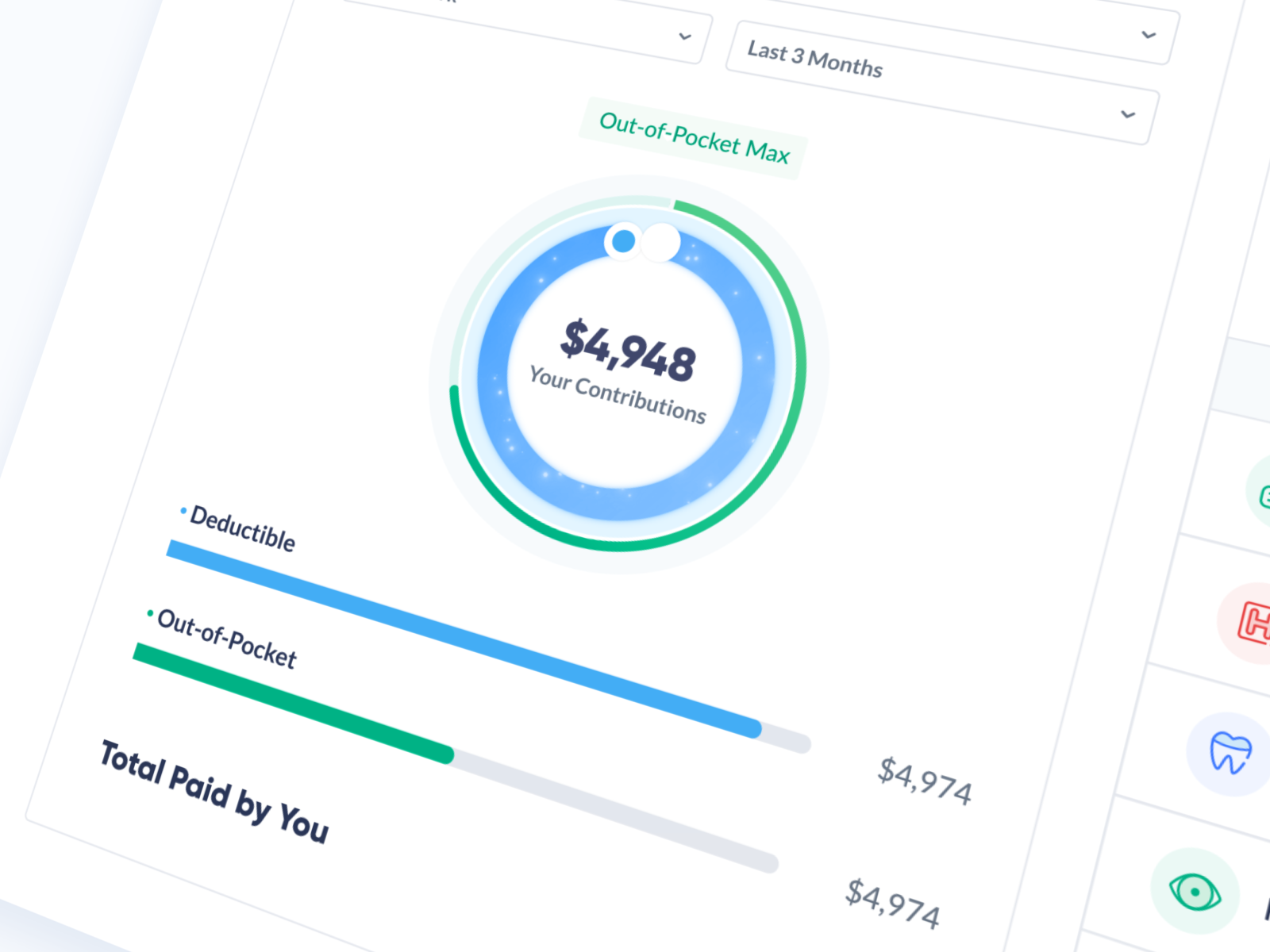63% of global web traffic now comes from mobile devices. In e-commerce, smartphones account for more than half of purchases — around 57% of all sales.
In Asia, the mobile share is particularly strong, often around 70%. And yet, many companies still test their sites only on desktop.
On a large monitor, the page looks flawless. On a mobile screen, buttons slide below the fold, banners block forms, and a 3G connection turns a hero video into a blank screen.
Result? Ad budgets burn. Customers disappear.
Desktop Is Not Mobile
Desktop testing creates a false sense of security. Because desktop offers:
- wide screens,
- stable Wi-Fi,
- precise mouse clicks.
Mobile is the opposite:
- smaller screens where every pixel matters,
- endless combinations of devices and browsers,
- unstable networks,
- fingers instead of a cursor.
If you only test desktop, you’re testing the storefront. But customers shop through mobile.
Where Things Break Most Often
- Testing only on iPhone. Android is fragmented and behaves differently.
- Page speed. After 3 seconds, bounce rates spike. Even a 1-second delay in mobile load time can reduce conversions by up to 20%.
- CTA visibility. Too small, hidden below the fold, or blocked by pop-ups.
- “Perfect user” scenarios. Real users don’t behave linearly. They open from social media, scroll down, switch apps, go back. That’s where friction appears.
- One-size-fits-all design. A layout optimized for desktop or tablet doesn’t guarantee usability on a $200 Android phone.
Real Cases
All cases are real, anonymized under NDA.
| Case | Outcome | Fix result |
|---|---|---|
| Fashion e-commerce | Checkout form field hidden behind a live chat widget. 30% of orders failed. | Fix = +25% conversion. |
| Hero video | Autoplay background video on homepage. On 3G it took 12 seconds to load. CTR dropped 40%. | Solution: serve static image on mobile. |
| CTA position | On Android devices, the “Buy now” button slipped below the fold. Many users never saw it. | Fix = +18% conversions. |
| SaaS sign-up | Autofill broke email validation in a “Request a demo” form. Lost ~15% of inbound leads. | Fix = +12% requests |
| Fintech | Cookie banner covered “Apply now.” Customers simply couldn’t click. | Fix = +10% completed applications. |
| Travel booking | Date picker designed for desktop didn’t fit on smaller mobile screens. Users couldn’t scroll past the first month. Bounce rate +22%. | Fix: responsive calendar component |
| Healthcare portal | Appointment form required a 10-digit ID entry. On iOS Safari, the numeric keyboard defaulted incorrectly. Users quit. | fixing keyboard type = +9% successful bookings. |
| Media site | Infinite scroll clashed with sticky ad banners. Readers couldn’t access footer links. | Fix = +15% longer sessions. |
Smarter Mobile Testing
How to avoid burning money? Test smarter.
Real devices
Emulators help, but they don’t replicate network lags, calls, or push interruptions.
Minimum set: one new iPhone, one old Android, one budget phone.
First screen focus
The first 5 seconds decide everything. Users must see value and CTA instantly.
Network conditions
Test under LTE, Wi-Fi, and real 3G. If your site dies on slow networks, your funnel is broken.
Tools that help:
- BrowserStack — Cross-device testing in the cloud
- Firebase Test Lab — Automated Android tests
- Lighthouse / PSI — Speed & mobile-friendliness checks
- Appium — Automated UI testing (iOS + Android)
- Charles Proxy — Debugging network requests and redirects
Simulate interruptions
Test what happens if a user receives a call mid-checkout or switches to another app.
Edge cases matter
Does your site handle landscape mode? Split-screen multitasking? Older OS versions?
Quick Pre-Launch Checklist
- Page loads <3 seconds on 4G.
- CTA is visible without scrolling and finger-friendly.
- Forms function on iOS and Android (with autofill).
- The flow works with one hand.
- Pop-ups or banners don’t block the path.
- Page works in Safari, Chrome, Samsung Internet.
A/B Testing: Proof, Not Guesswork
Every fix is a hypothesis. Don’t rely on gut feeling. Prove it.
- Optimizely, VWO — enterprise-grade.
- Split.io, GrowthBook — startup-friendly.
- Firebase Remote Config — free for Android.
Example: disabling autoplay video delivered +40% CTR on mobile. A/B test confirmed it wasn’t seasonal noise.
Money on the Line
Mobile bugs are not “UX details.” They are direct losses. Spend $50k on ads? Losing 10% of mobile leads = $5k wasted.
35% of carts are abandoned due to poor mobile UX. Fixing critical issues can often recover 10–20% conversions. For many brands, one broken CTA costs more than a month of QA.
Accessibility
Mobile accessibility is business-critical. WCAG AA applies everywhere:
- text contrast ≥ 4.5:1,
- buttons large enough for fingers,
- alt text for images,
- forms labeled for screen readers.
Accessibility isn’t charity. It’s user retention.
Roles → Actions
| Role | Action |
|---|---|
| Marketer | Check if the landing loads fast in 4G and if the offer is visible above the fold |
| QA | Test user flows as they really happen — social link → scroll → promo code → back navigation |
| Designer | Rethink the first screen. Mobile users shouldn’t scroll to find value. |
| Product Manager | Budget for real device testing, not just emulators |
Final Thought
On mobile, you don’t have the luxury of time. Users decide in seconds whether to trust you. If the experience feels broken, they leave. And they don’t come back.
Oct 7, 2025


